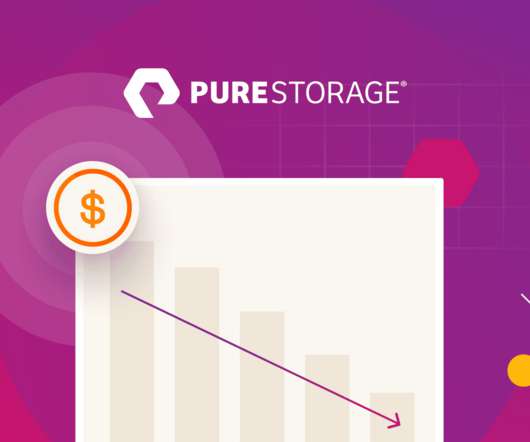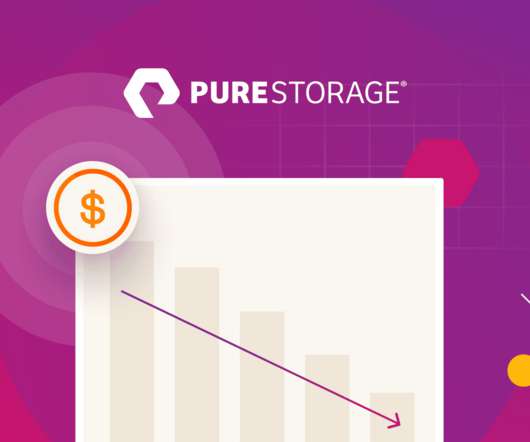5 Steps to Implement Enterprise Risk Management (ERM)
Reciprocity
AUGUST 18, 2022
The two fundamental components of ERM are (1) the evaluation of significant risks, followed by (2) application of adequate responses. Mitigating or reducing the risk by internal controls or other risk-prevention measures. When establishing an ERM program, risk mitigation is a paramount concern. Step 2: Assess the Risks.

















Let's personalize your content